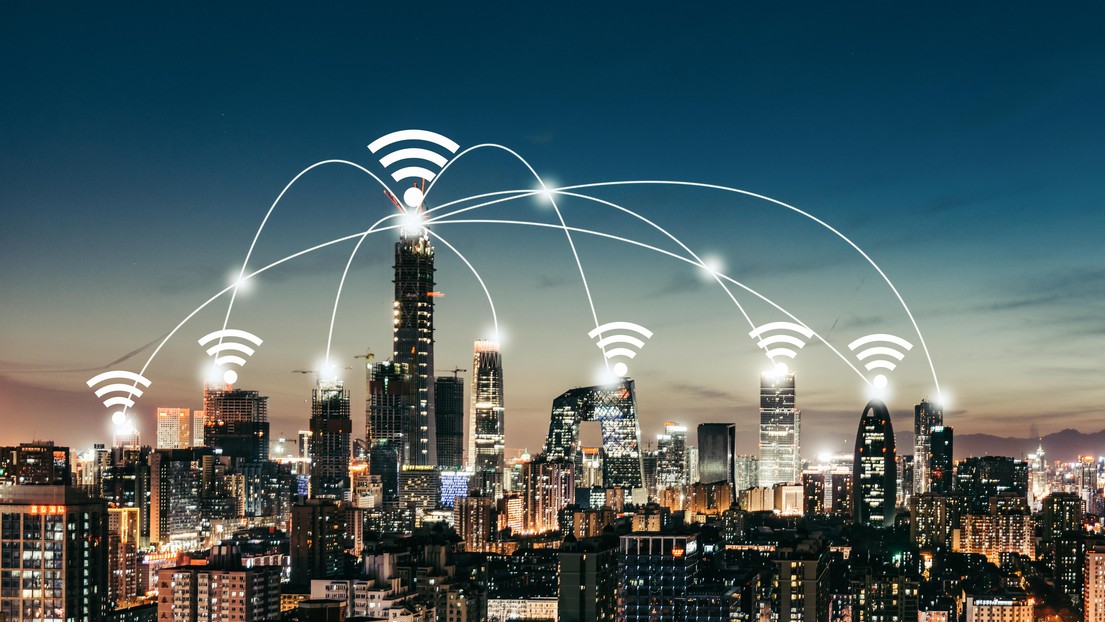Smart buildings that can manage our electricity needs

© iStock
Researchers at EPFL have developed a system that can be installed in a building to collect data on people’s energy usage. The aim is then to send this data directly to a smart electric grid that will allocate resources optimally.
A smart grid that decides how best to distribute energy based on availability, cost and customers’ needs – that’s the energy concept being developed by researchers in the School of Engineering's Electronics Laboratory. They have designed a system capable of collecting data on people’s energy usage and comfort within buildings. By gathering data sent from connected devices – like smartphones and the sensors in electronic appliances – the system can obtain an overall picture of a building’s electricity needs over time and by room. This data can then be passed on to a smart grid in order to anticipate energy needs and decide how best to allocate available resources.
From individual devices to an all-encompassing smart building
Buildings already have systems that can collect data from certain devices. There are, for example, systems to turn lights on automatically when you enter a room, to lower the heating when you leave your apartment or to start your washing or coffee machine remotely from your smartphone. But these interfaces all work separately to enhance the user's comfort or save energy in different ways. They can’t be used to gain any precise, overarching insight into the electricity needs of an entire building or to optimize resource allocation. And these devices have totally unrelated applications, with one perhaps being used to increase safety while another may control heating, for example. The interface developed by the researchers will be able to combine all these data and thus cover various energy needs. The researchers’ findings have been published in the journal Elsevier Automation in Construction.
A generic program that can communicate with any connected device
The program developed in the Electronics Laboratory is capable of collecting data from any sensor. “There are a huge number of smartphones and connected devices available on the market, covering everything from household and leisure appliances to safety. They all use sensors, but the underlying technologies can be very different,” explains George Lilis, who worked on the interface as part of his PhD. “Our solution must be compatible with various technologies so that it can be connected to any device. That way, the building and the grid’s energy needs can be managed smoothly regardless of the devices in place.” This interface is very flexible and ensures the best possible data protection, which means it can be integrated into any type of building. The program was designed to be as generic as possible, and the computer code used is open source.
The end goal: a smart grid
These data then have to be sent to and processed by the electric grid so that it can allocate resources appropriately. This is what Olivier Van Cutsem, a doctoral student in the Electronics Laboratory, is now working on. “The aim of a smart grid is to ensure that users get a top-notch service. This involves managing energy peaks and volatility in renewable energy output while at the same time keeping costs down and ensuring a constant level of comfort,” explains the researcher. Using a smart building simulator developed by the lab, he is studying the benefits that smart buildings could bring through their energy strategies. “By looking at grid signals or available local output, we can adjust the load at certain times. An apartment could, for instance, be heated a few minutes earlier if the electricity is cheaper at that time or if that will curtail a peak in usage,” says Van Cutsem. “There is also some room for maneuver in terms of the comfort that users are willing to accept. We know that people tend to heat their apartments to between 22 and 26 degrees Celsius, so we could opt for the lower end of the scale when the grid is busy.”
Creating this comprehensive system requires a cross-disciplinary approach with input from researchers in various fields. Some laboratories, for example, are working on the smart grid, while others are focusing on data protection and comfort. “Our laboratory brings its expertise in electronics; our researchers are working on how to improve energy metering, communications between connected devices, and data collection and use, in order to enhance coordination between buildings and the grid,” explains Lilis.
This research is being conducted as part of the projects funded by the Swiss program Nano-Tera: engineering complex systems for health, security, energy and the environment, and the Qatar Environment and Energy Research Institute (QEERI).